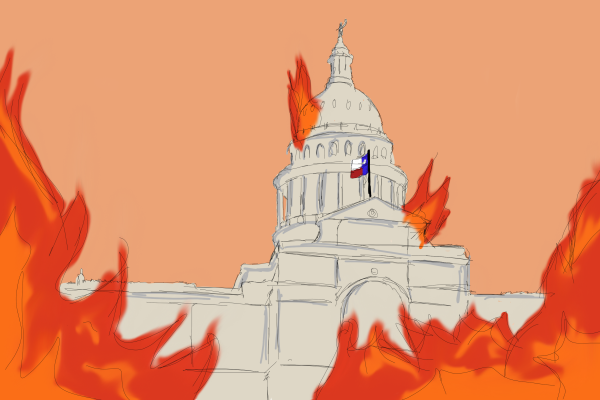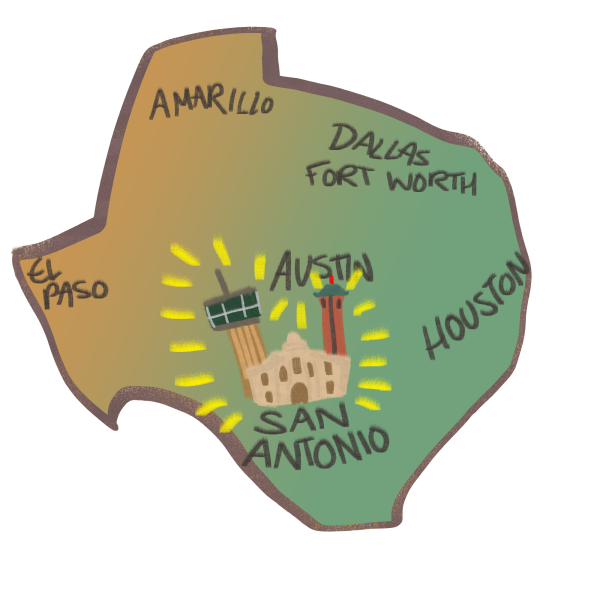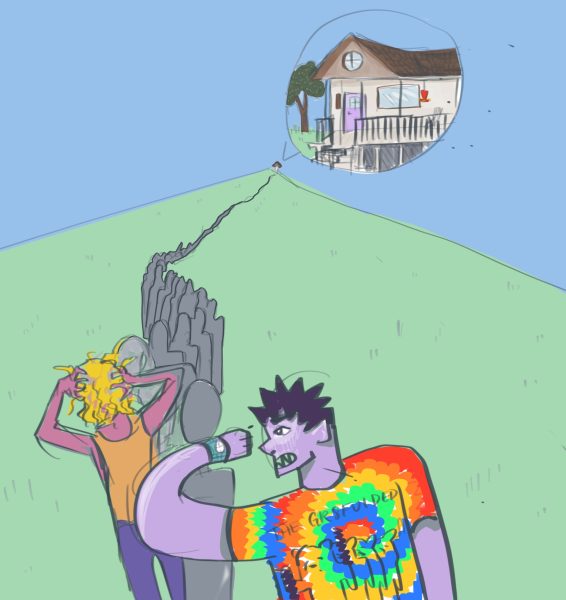Cà Phê Sữa Đá: A Vietnamese delicacy
If you know me, you know that I’m more of a juice and tea person than a coffee person. But I would drink Vietnamese coffee (cà phê sữa đá) in a heartbeat, and by that I mean the flavors, taste and smell that I know from growing up in Hanoi. Nothing is more refreshing or worthwhile than an ice cold Vietnamese coffee. Sweet and creamy with a huge kick of intense coffee flavor.
I remember learning in middle school that after Brazil, Vietnam is the largest producer of coffee in the world, so it’s no surprise that Vietnamese coffee culture is fierce. Cafés line the streets, and morning, noon and night, you’ll see people drinking coffee. It’s just a way of life. After phở and bánh mì, Vietnamese coffee might be the most well known Vietnamese culinary export. Dark, intense, rich and deep, Vietnamese coffee is coffee made from Vietnamese grown coffee beans, strong and flavorful, often cut with sweetened condensed milk and drunk hot or cold.
Nowadays, lots of people think Vietnamese coffee is just regular old coffee with sweetened condensed milk in it. If we’re going to be purists, true Vietnamese coffee is made from robusta coffee beans (or a mix of robusta and arabica) grown in Vietnam. Robusta beans are bitter, less acidic and have twice as much caffeine as the more commonly used Arabica beans. Robusta beans produce a very dark, strong coffee that’s beautifully balanced out by sweetened condensed milk.
But it was actually French colonists that introduced coffee to Vietnam. Around 1890, the French were successful in creating a booming coffee industry in the Annam region, a long stretch of mountainous plateau that extends through several countries. By 1950, a commercial processing plant was established, and Vietnam became serious about coffee production. Although other countries in Southeast Asia, such as Laos and Cambodia, were earlier contributors to the coffee trade, it was Vietnam that ascended the ladder to become the continent’s top producer.
Unfortunately, the Vietnam War left our nation’s economy in shambles in 1975. After some years of struggling, the country instituted aggressive agricultural reforms. By the 1990s, Vietnam’s coffee industry was booming again. The economy is doing well thanks to the country’s coffee industry. Vietnam has seen a huge population influx in recent years, with many people moving to the country to find jobs in its illustrious coffee trade. Today, Vietnam’s coffee production employs over 2.5 million people.
Most coffee from restaurants or cafés comes in large sizes, encouraging patrons to sit, relax and sip for a while. You do not take a coffee “to go”; if you order one, plan to camp out for at least an hour or two. Starbucks grab-n-go style is not how we do it at home. There is a healthy blend between traditional and modern coffee shops, both with their own unique charms. Older crowds gravitate towards the more classic Vietnamese coffee houses, where they can sit all day reminiscing, playing endless games of checkers. The younger crowds are more interested in the modernized coffee houses, which boast a more eclectic artistic atmosphere good for social media pictures. If you want the best of both worlds, Hanoi, Vietnam’s capital city, is the epicenter for coffee culture; there’s even “Coffee Street”, which hosts more coffee shops per square block than anywhere in Vietnam.
Well, if you want to bribe me, you know what to do now!

I am a native of Hanoi, Vietnam, and spent part of my childhood in Bangladesh and Cambodia. I am a senior majoring in Piano Performance and Communication,...

I am a senior Art and English double major from San José, California. I also have an accidental Medieval and Renaissance minor that I picked up through...










